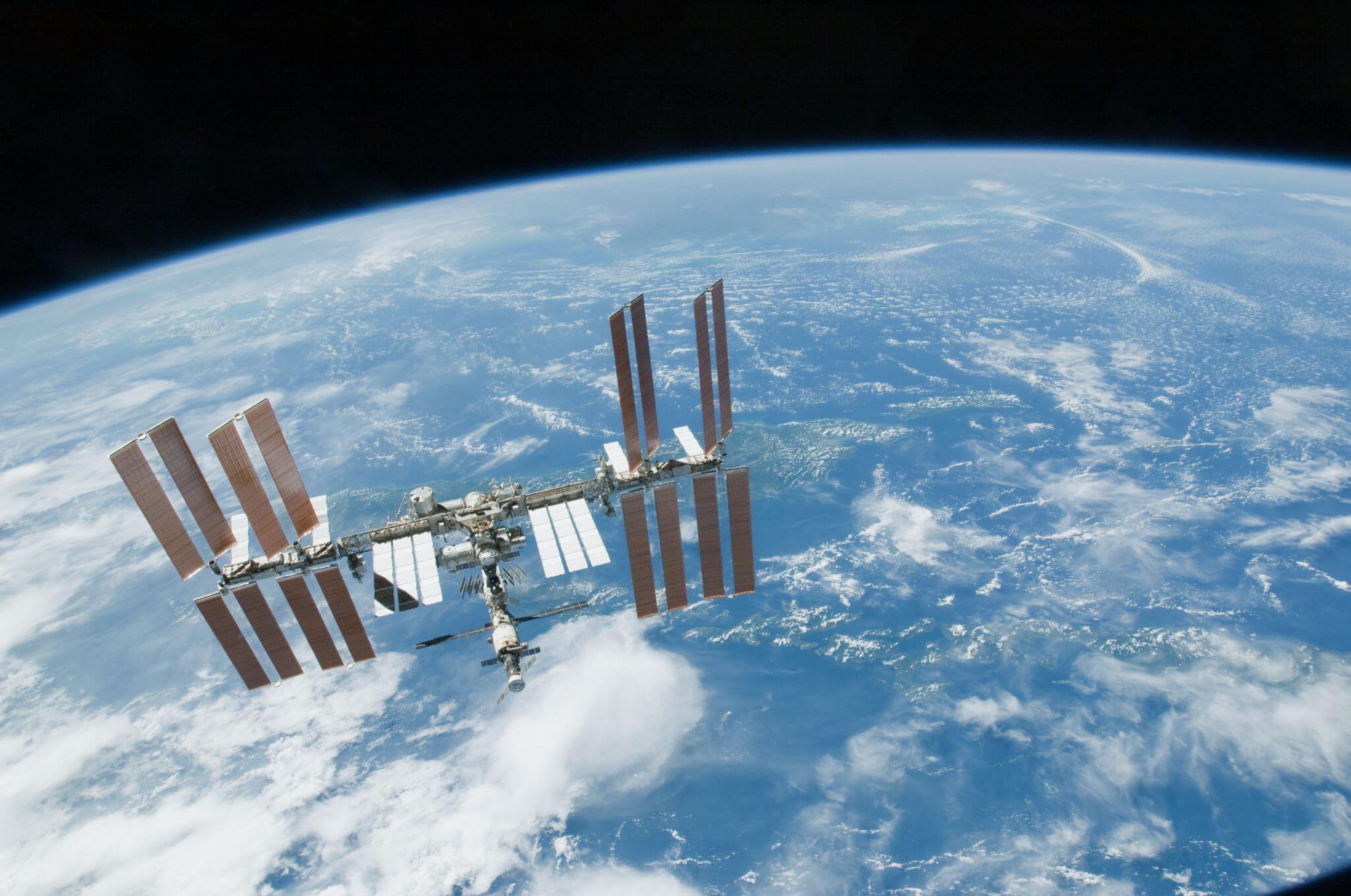A Proton M Breeze M launch vehicle launched the Express AM-6 communications spacecraft for the Russian Satellite Communications Company (Komischeskaya Svyaz) at 1509 GMT on 21 October 2014. The launch took place from the Baikonur Cosmodrome near Tyuratam, Kazakhstan. However, some hours later reports emerged that the satellite had been put into the wrong orbit by the Breeze M (Briz-M) upper stage which apparently failed to complete its final firing correctly.
According to US Space Command data, the actual orbit achieved was 37,784 km x 31,307km at an inclination of 0.7 degrees. According to industry sources the actual perigee achieved was some 2,500km less than the planned perigee of previously identical missions of circa 33,800km – while the inclination was also slightly awry at about 0.5 degrees off target. Nevertheless, the satellite is expected to recover itself into its correct GEO orbit using its own on board Xenon-fuelled electric thrusters.
In fact, the satellite was always supposed to perform the final orbital raising of the mission using its low thrust but highly fuel efficient electric thrusters as the perigee of final orbit were always supposed to be slightly “lower” than for normal geostationary Earth orbit (GEO) missions. The reason this type of flight plan was employed was that, at 3,358kg, the spacecraft was slightly too heavy to allow the Proton M Breeze M to deliver the spacecraft all the way to GEO.
The recovery is now expected take some months. After testing, the Express AM-6 spacecraft is likely to reach full operational status in July 2015 – taking about twice as long as originally expected.
Express AM-6 was built by ISS Reshetnev using an Express 2000 bus design. It should be noted that even though spacecraft has been undershot into a lower than planned orbit, the satellite was reported to be carrying an extra two years worth of Xenon fuel beyond its normal 15-year design life as a contingency, and thus should be able to recover itself without any loss of planned lifespan. As such, no insurance loss is expected. The insured value of the spacecraft was the Ruble-equivalent of US$140.6 million and is insured locally with Russian insurers with the amount reinsured internationally.
Proton, and especially its Breeze M, upper stage has a very patchy reliability record. As such, the Express AM-6 launch inaccuracy could mean that Proton launches are delayed until next year while an investigation takes place.
The Express AM-6 spacecraft is due to operate from the geostationary Earth orbit above 53 degrees East. The satellites communications payload: 44Ku-band, 14 C- band, 12 Ka-band and 2 L-band transponders and associated beams, was built by the Canadian firm of MDA (MacDonald Dettwiler and Associates Ltd).
Comment by David Todd: There should not be a rush to get Proton flying again. Its clients and insurers should really press for a delay until the exact cause of this inaccurate launch is found. Given its recent poor reliability record, the Proton-M launch vehicle probably should not be given the benefit of the doubt.






